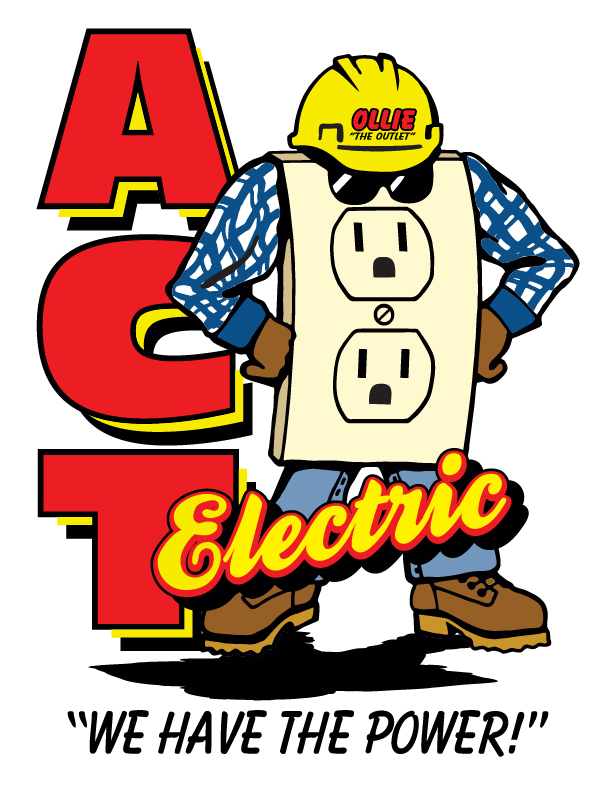Understanding the Importance of Surge Protectors for Electronics
If you own a computer or other electronic equipment, you probably own a surge protector. Most surge protector designs serve an immediately obvious function, which is allowing you to plug various components into a single power outlet. But, there is much more to it than that.
Surge protectors provide protection to electronics from surges in power. A power surge, which is also called transient voltage, is an increase in voltage that’s above the average level of electricity flow. In typical office and household wiring in the US, the standard voltage is 120V. If it’s above 120V, that’s a surge, and surge protectors help in preventing that problem from destroying delicate electronics.
To understand more about surge protection, it’s wise to know something about voltage. It’s a measure of the difference in the electric potential energy. An electric current travels from point to point as there’s a greater electric potential energy on the originating wire’s end than on its other (outlet) end. It’s the same kind of principle which urges the water under pressure to flow out of the hose: a higher pressure on the hose’s end pushes water toward a place of lower pressure. You may think of the voltage as the measure of the electric pressure.
Once the surge is high enough, it may inflict massive damage on electronics and even wiring. The effect is similar to applying water pressure to the hose. If there is too much water pressure, the hose will burst. In the same way, when too much electricity runs through a wire, it heats up like a filament in the light bulb and starts to burn. Even though increased voltage may not break your electronic immediately, it can put extra strain on it, and weaken components.
People often buy surge protectors for other kinds of wiring connections such as those for telephone and cable tv wiring.
A typical surge protector passes the current along from an outlet to several electronic and electrical devices plugged into the power strip. Once the voltage from an outlet surges, the surge protectors divert extra electricity into the grounding wire of an outlet. In a basic surge protector, there’s a component known as MOV or metal oxide varistor, which diverts excess voltage and prevents damage to the electronic.
For this reason, using a surge protector for delicate electronics is well worth the money. If a homeowner finds they have more electronics and a greater vested interest in protecting them, or the home is located in an area with frequent power surges, a whole house surge protector can protect electronics and also the wiring of a home.
When a home has a large appliance, such as an HVAC, which causes surges inside the home wiring system, these are also a threat to electronics. However, a whole house surge protector can divest the surge before it is allowed to ramp the surge into other circuits.
*No matter how great your surge protection is if lightning strikes your house, all bets are off.
Also, you can get surge protectors specifically designed for phone and cable lines. Just as everyone’s homes and electronic devices are different, do their need for surge protection will be different, but, ultimately, the more ‘layers’ of surge protection between a surge and your devices, the less likely they are to become damaged or destroyed.
ACT Electric provides timely and professional attic fan installation, hot tub wiring, and whole house surge protectors services in Mesa and its surrounding cities. We are licensed and bonded and have a team of experienced electricians. We also specialize in providing commercial electrical services.



